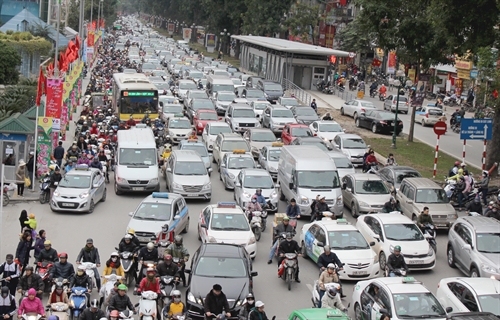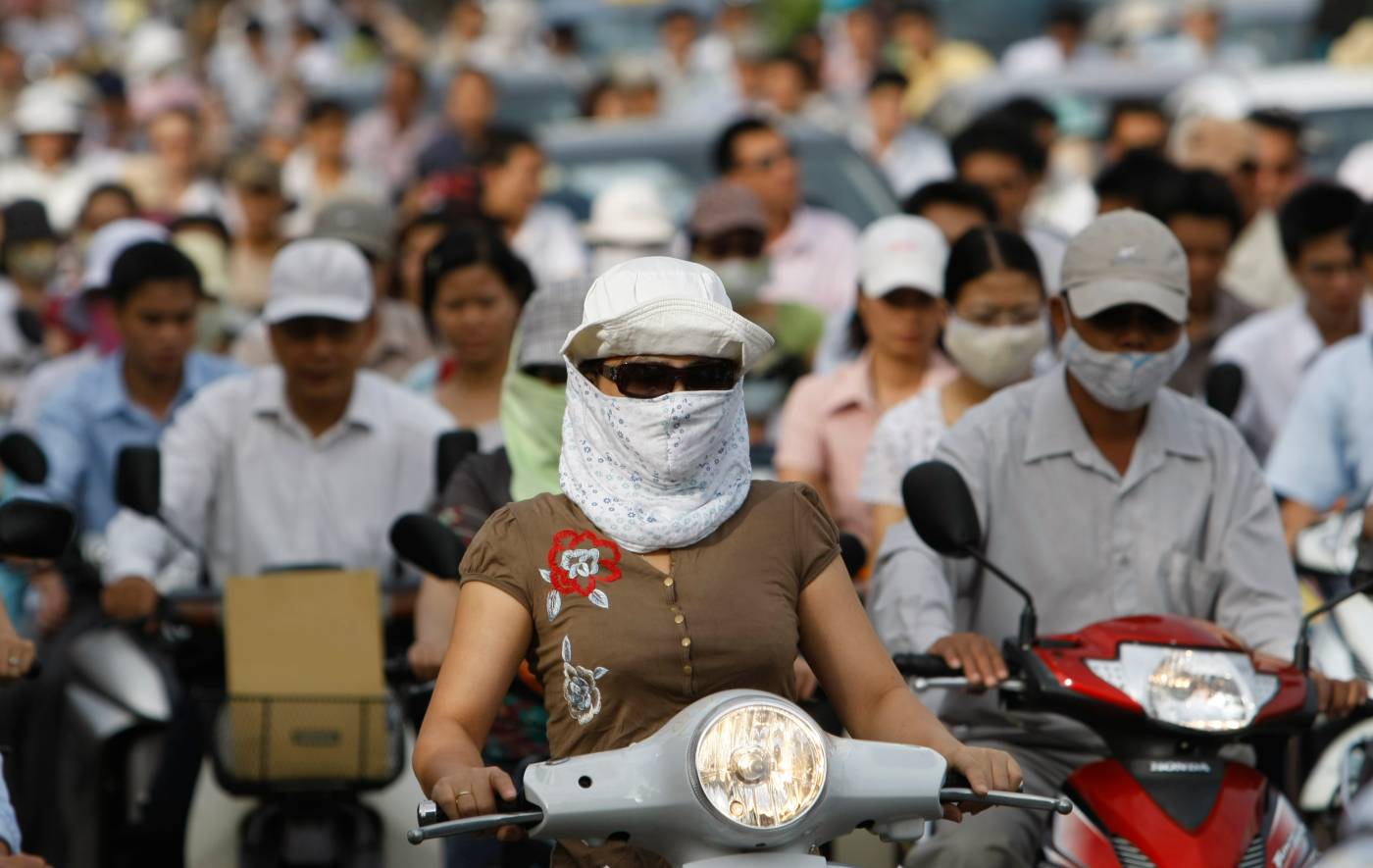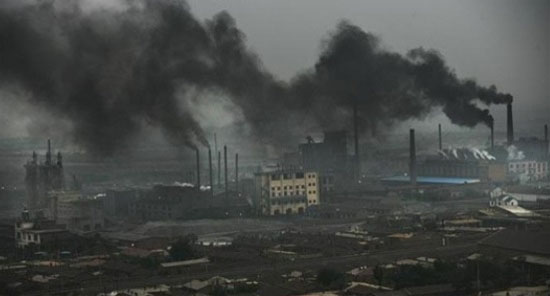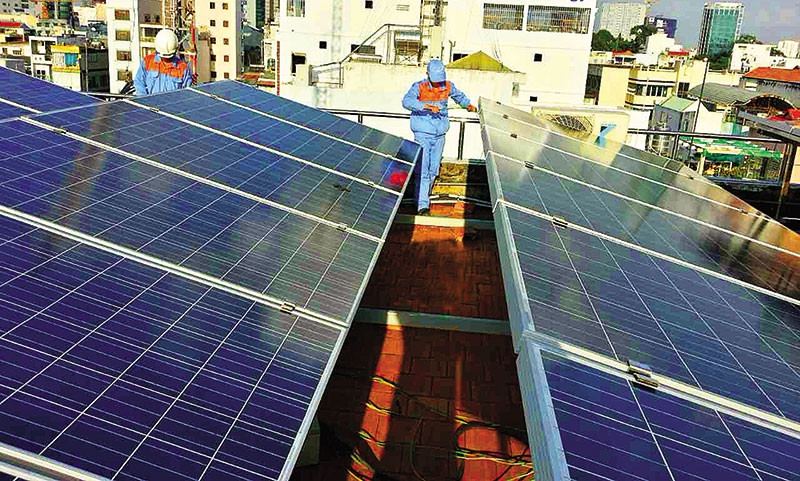
The quality of air in the capital city, Hà Nội, has consistently worsened, especially in urban areas, main transport routes and ongoing construction sites, director of the municipal Department of Natural Resources and Environment Nguyễn Ngọc Đông has said.
At the conference on measures to improve the city’s environmental monitoring on Sunday, Đông said that rapid urbanisation alongside massive construction activities, the increase in population and the increase in the number of vehicles caused air pollution level to skyrocket, including levels of dust and noise.


for air pollution levels to skyrocket in Hà Nội. – VNA/VNS Photo Tú Anh
Dust pollution in some places had surpassed the allowed levels, he added, citing benzene as an example. The level of benzene had been increasing year on year due to a rising use of fossil fuels in vehicles.
In the meantime, Đông said, the implementation of projects on dealing with pollution, such as environmental monitoring and pollution control remained ineffective.
Currently, there are six air monitoring stations in the city, only two of which are still operating, on Nguyễn Văn Cừ and Láng roads.
There are only two wastewater monitoring stations in Tả Thanh Oai Commune in Thanh Trì District and Phùng Châu Commune in Chương Mỹ District.
Nguyễn Đức Chung, chairman of the city’s People’s Committee said the city carried out many measures to improve the environment such as planting one million trees and building more reservoirs. The city would set up a roadmap to reduce the number of private vehicles in the inner city and ban the use of coal for cooking.
The city invested in mobile air monitoring vehicles and automatic wastewater stations at the solid treatment areas in Sóc Sơn District and Sơn Tây Township.
As many as 20 air monitoring stations, which were funded by the French Government, would be installed at key transport links and crowded residential areas in Hà Nội to improve the city’s environmental monitoring capacity, he said.
At the conference, German experts suggested that Hà Nội should focus on upgrading the monitoring system of environmental quality, especially the collection of air and wastewater samples at monitoring stations. Staff working in this sector should be trained more about the criteria of monitoring systems.
A data centre for the monitoring, which would be connected with the Ministry of Natural Resources and Environment’s system, should be set up for better management and publicising the results of the monitoring situation.
In reply to suggestions, Chung suggested German environmental experts introduce environmental monitoring equipment to the system in the city as well as supporting human resource training.
As scheduled, German experts would spend one month surveying Hà Nội’s environmental monitoring system. A conference on reporting the study results and proposing solutions would be held next month.
Previously, in March, the Hà Nội-based US Embassy announced its results on air quality reading in the city, which reached alarming levels and caused impacts on people’s health, with potential lung and heart diseases.
Authorised agencies have planned to publicise information about air quality in 19 cities in the country in 2017. — VNS
VietnamNews. Vn





.png)


